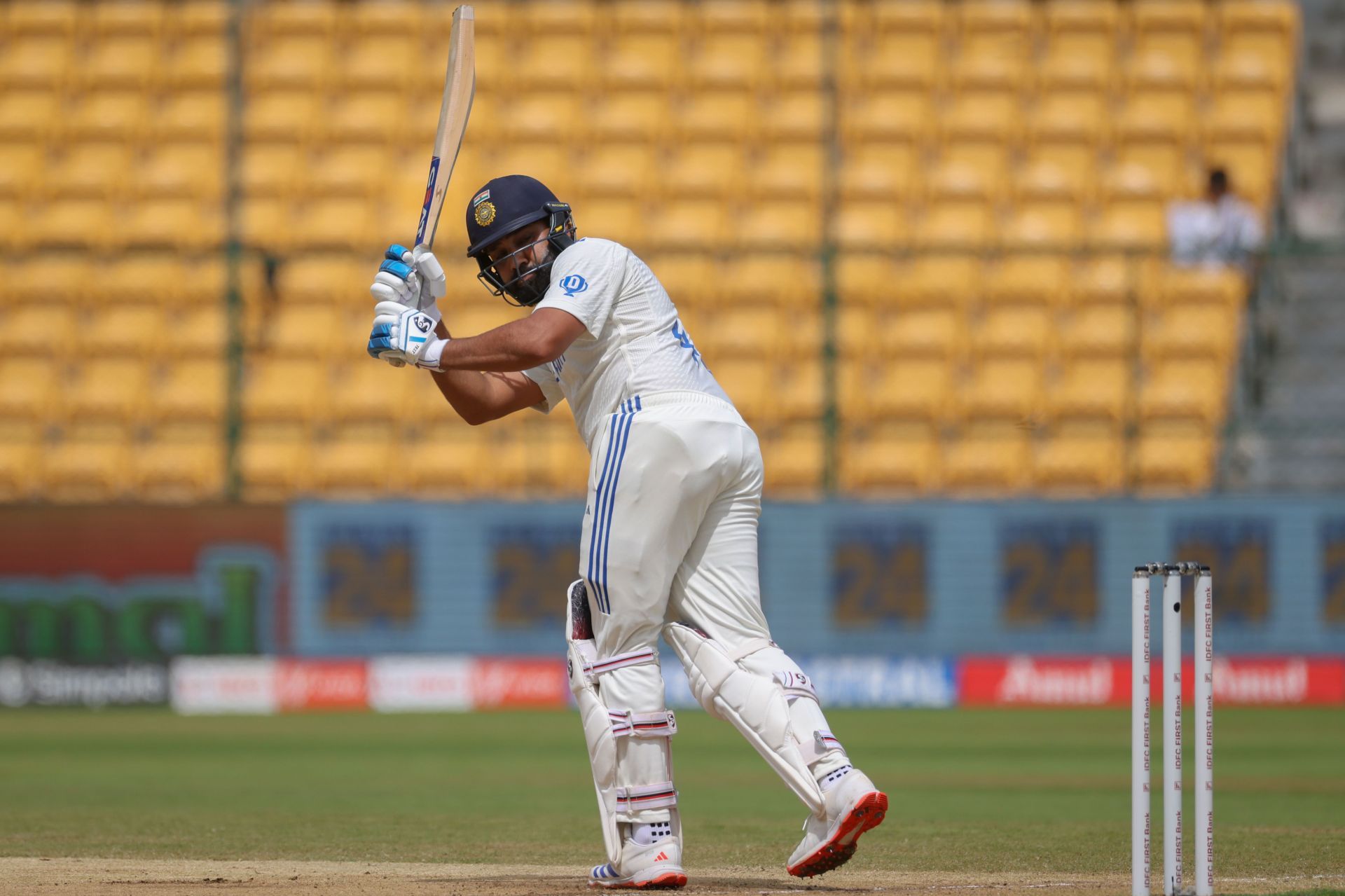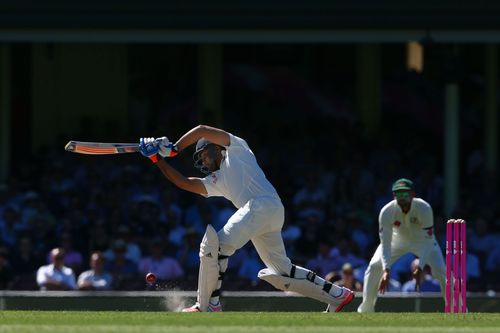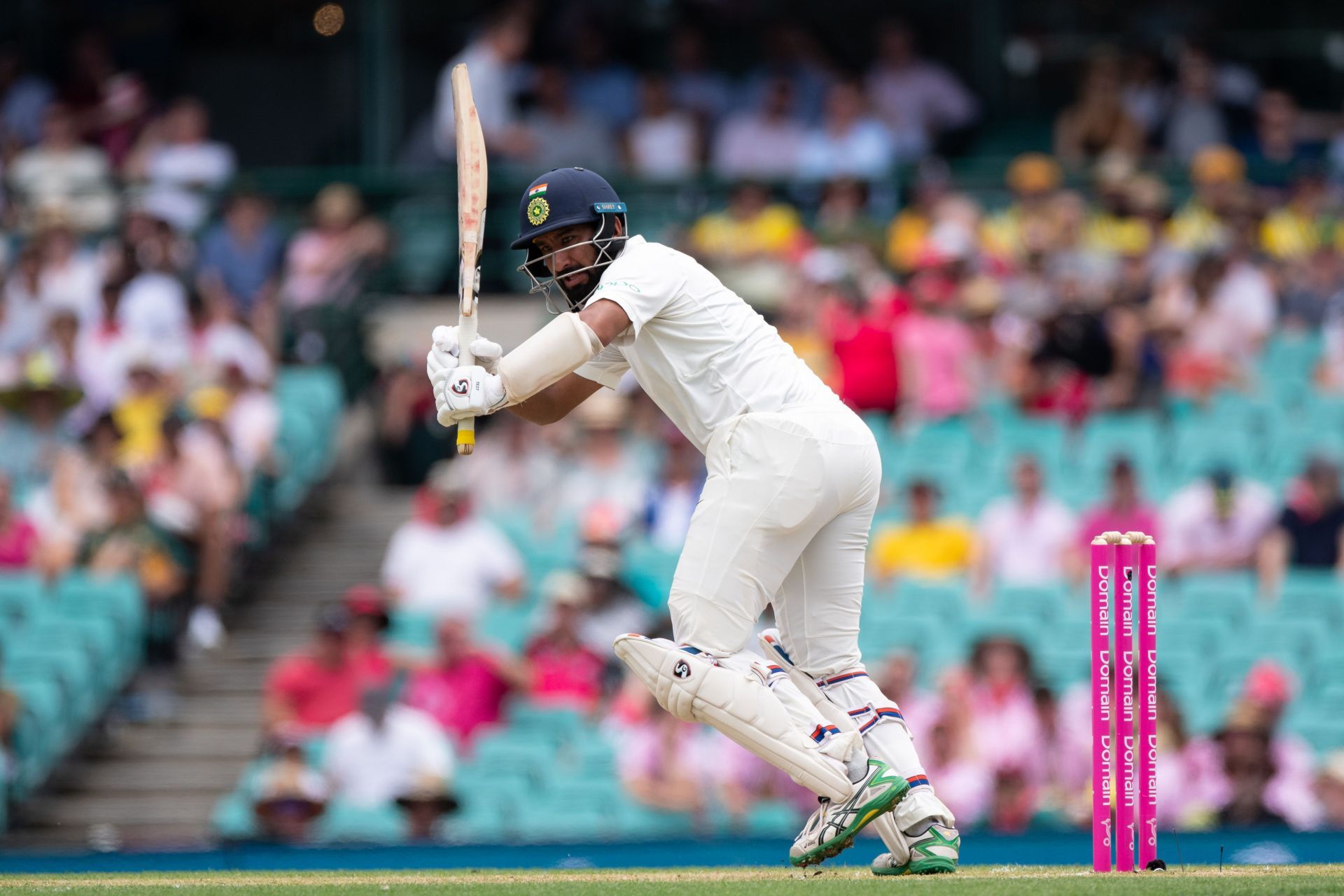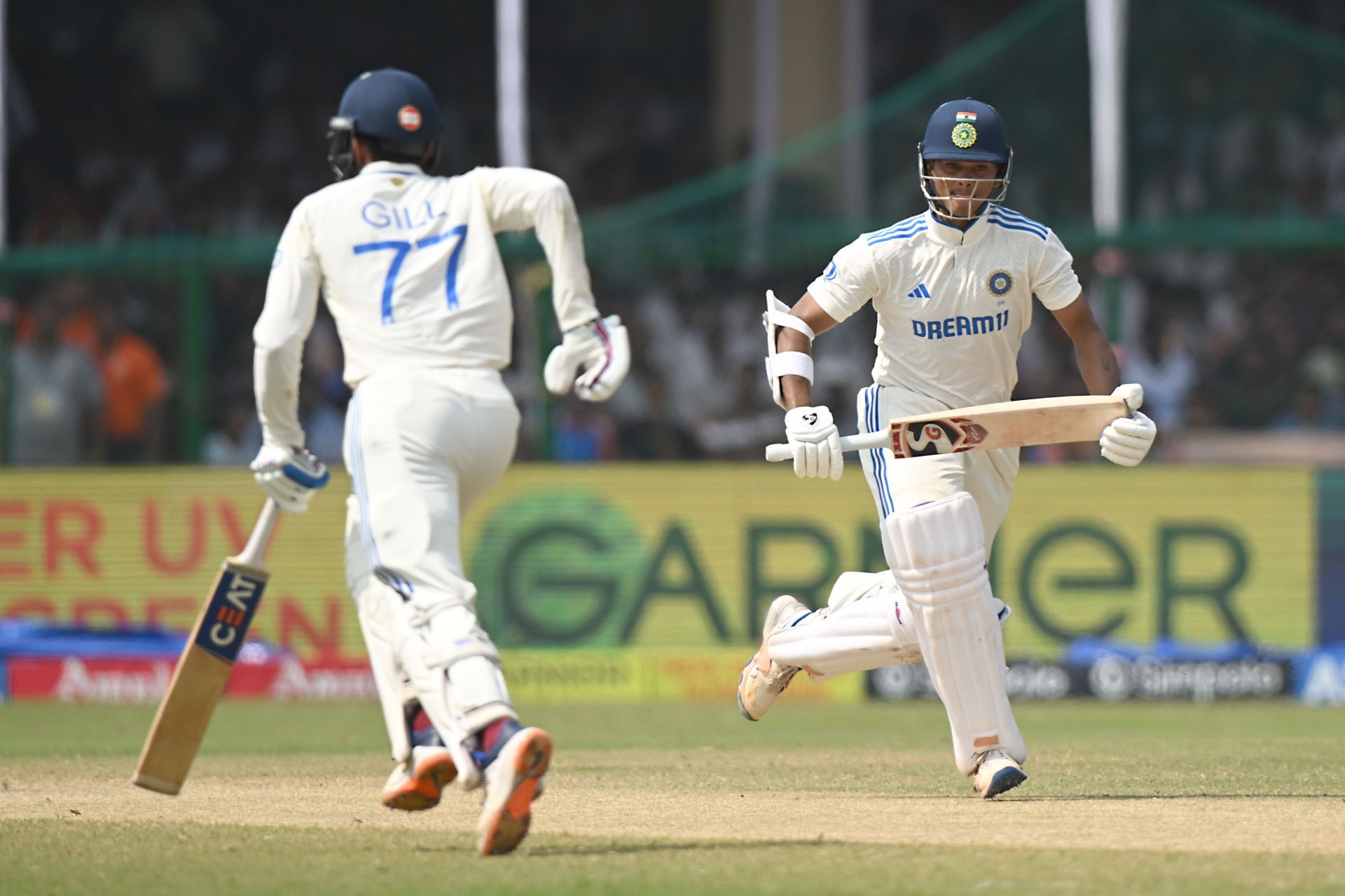
Leg and Off: Should Rohit Sharma move down to number 3 ahead of BGT 2024-25?
Team India suffered one of their most shocking Test series defeats by losing the second Test against New Zealand in Pune and skipper Rohit Sharma has been subjected to criticism from all quarters since. While his captaincy has received widespread criticism for India's first home Test series defeat in over a decade, Rohit's poor batting form has also not gone unnoticed among fans and experts.
The 37-year-old has averaged a dismal 13 in his last four Tests, all at home, with only a lone half-century in eight innings. Rohit's paltry run has led to India's poor starts and the eventual setbacks to New Zealand, forcing former Pakistan spinner Danish Kaneria to make a left-field suggestion of moving the champion batter to No.3 in Tests.
"With the kind of form Rohit Sharma is in, no doubt he has been a great player and has done a lot for Team India, it is my opinion that he should bat at No. 3. Shubman Gill should open with Yashasvi Jaiswal. Maybe it will give some more time to Rohit Sharma as he has been struggling with the new ball. The ball will swing and seam more in Australia, so maybe they can consider this," he said on his YouTube channel.
The chances of India making such a massive change ahead of the highly anticipated Border-Gavaskar Trophy next month are minimal. Yet, it is worth pondering if Rohit at No.3 could benefit the side or become a failed experiment.
On that note, let us look into the good and bad of Rohit at No.3 in red-ball cricket before concluding whether India should make the bold move.
#1 The key numbers make it a 50-50 call

Rohit Sharma's experience and numbers at No.3 in Tests make it a tricky call, with the inference likely divided.
The veteran batter has batted only five innings at one drop in the long format, averaging a dismal 21.40. Considering all five innings at No.3 came way back in 2015, Rohit clearly has neither experience nor expertise in the position.
Yet, the tricky part comes next - his first two innings at No.3 came in the final Test of the 2014-15 Border-Gavaskar Trophy in Sydney, where he scored 53 and 39 to help India escape with a draw. The solid contributions in his only two innings in Australia at No.3 could sway management to travel that route again in the upcoming tour down under.
#2 The glorious past shows India could benefit from Rohit Sharma at No.3 in Australia

Think of the key reason behind India's incredible successes in Australia since the turn of the 21st century. Among several other factors, the most glaringly obvious one is the stellar performance of their no.3 batter.
This dates back to Rahul Dravid's remarkable series in 2003-04 which helped India finish on level terms with arguably the most dominant team in cricket history (Australia of the 2000s). In the two most recent Australian tours, Cheteshwar Pujara's inimitable vigils at No.3 comes to mind first as India won back-to-back series down under in 2018-19 and 2020-21.
The common theme for India's successful Test tours of Australia has been having an established and well-accomplished batter at No.3 doing wonders. India could press this tried and tested method again by replacing the young Shubman Gill with the savvy veteran Rohit Sharma.
With the Indian skipper battling for form, batting at No.3 could also help him face a slightly older kookaburra ball that usually goes soft and tailormade for batting in no time.
#3 How will Rohit Sharma at No.3 affect the rest of the team and the opposition?

The numbers and history aside, intangibles play a massive role in any Test tour of Australia. Rohit, who has exclusively opened since 2019, dropping himself down to No.3 for better batting returns could set the wrong signal for the rest of the side.
It is also the type of move the Aussies will pounce on to play their customary mind games on and off the field. For a side that plays with the mantra - 'Cut off the head of the snake and the body will die', the hosts and their hostile crowd will see this as a panic move by the Indians and create potential havoc.
Furthermore, it is worth remembering that Rohit shifting to No.3 will mean Shubman Gill moving back to the top. While Gill is no stranger to opening, he had just made the No.3 position his own in Tests after an iffy start.
The 25-year-old moved from opening to one-drop in July last year and struggled initially, averaging under 20 in his first nine innings. However, he finally asserted himself in the No.3 position since the middle of the home series against England at the start of the year with an average of 61.20 over his last 10 innings.
To have Gill back at the top again ahead of a crucial series in Australia only to help Rohit possibly rediscover his best form could be downright unfair to the young right-hander.
In conclusion, moving Rohit Sharma down to No.3 in Tests for the finale against New Zealand and the Border-Gavaskar Trophy has its share of benefits and drawbacks based on historical data.
Yet, the move could set panic within the Indian ranks, especially to their current No.3 Shubman Gill, while providing fodder for Australia to get a head start on pre-series morale.
Weighing the two, Team India should be better served with their skipper at the top of the order facing the music from ball one.